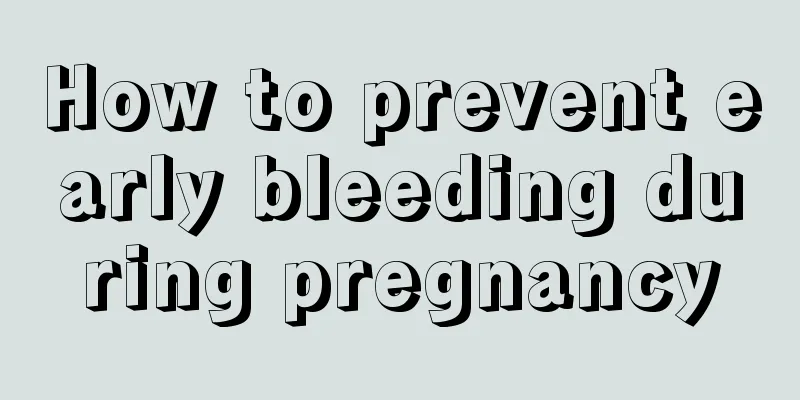What to do if chronic pelvic inflammatory disease attacks acutely?

|
In today's social life, due to some bad living habits of women themselves, gynecological diseases are very easy to occur. For example, pelvic inflammatory disease is a very typical example. It has a lot to do with women's menstrual living habits and sexual life. Let's see what to do if chronic pelvic inflammatory disease has an acute attack? Bed rest or semi-recumbent position is conducive to the accumulation of pus in the rectouterine pouch and thus localize the inflammation. Give high-calorie, high-protein, high-vitamin liquid or semi-liquid food and replenish fluids. Pay attention to correcting electrolyte disorders and acid-base imbalance, and give a small amount of blood transfusion when necessary. Use physical cooling when the fever is high. Try to avoid unnecessary gynecological examinations to prevent the spread of inflammation. If abdominal distension occurs, gastrointestinal decompression should be performed. In recent years, new antibiotics have been continuously introduced, and the advancement of anaerobic bacteria culture technology and the coordination of drug sensitivity tests have enabled the rational use of drugs in clinical practice, taking into account the control of both aerobic and anaerobic bacteria, making the treatment of acute pelvic inflammatory disease significantly effective. With active treatment in the acute phase of pelvic inflammatory disease, most cases can be completely cured. In the past, the treatment of adnexal abscess was mainly surgical. However, the clinical treatment results in recent years have shown that if the treatment is timely and the medication is appropriate, 73% of adnexal abscesses can be controlled until the mass disappears completely and surgery is avoided (especially those with abscess diameter <8cm). This shows that drug treatment of acute pelvic inflammatory disease occupies an important position. If drug treatment is ineffective and pelvic abscess is formed and the body temperature does not drop after 48 to 72 hours of drug treatment, the patient's poisoning symptoms worsen or the mass increases, surgery should be performed in time to avoid abscess rupture. In the case of tubal pyosalpinx or tubo-ovarian abscess, if the condition improves after drug treatment and the inflammation is continued to be controlled for several days, and the lump has not disappeared but has become localized, surgical resection should be performed to avoid another acute attack in the future that will require surgery. From the above description, we can see that chronic pelvic inflammation in women must be treated in a timely manner. Both drug treatment and surgical treatment are very necessary. The longer it is delayed, the greater the harm to women's health will be. |
<<: Why do I often have dull pain on both sides of my abdomen?
>>: How many days after menstruation will there be leucorrhea?
Recommend
Why do I have frequent urination during menstruation?
Women have all kinds of problems before their per...
How long does it take to do B-ultrasound after abortion?
After an abortion, you should go to the hospital ...
How can families prepare reed shoots so that they can be eaten? What are the common methods for preparing reed shoots?
Reed shoots are the tender tips of the reed plant...
I haven't had my period for two months, what's going on?
For every woman, menstruation is not only a frien...
What causes breast tenderness before menstruation?
Menstruation is something that every woman must e...
What to do if your wrist hurts during pregnancy
We all know that the physical fitness of pregnant...
How long is the normal menstrual period?
Girls will have their period once a month, but th...
What are the dangers of lack of sleep for postpartum women?
Dear friends who are about to become mothers, hav...
Brown discharge still present 15 days after abortion
Medical abortion is a common method of abortion t...
Do you wait until you are thirsty to drink water? Experts: It’s too late! These water drinking misunderstandings are very harmful
Expert of this article: Pa Lize, Chief Physician ...
There is a little bit of blood. Is the hymen broken?
The hymen is a very important part for women. It ...
What causes vulvar itching?
The problem of vulvar wetness and itching is most...
The door frame is bent? The words are deformed? Maybe your eyes are "warning"
Blurred vision, distorted vision, dark shadows in...
Which types of women always have good luck in love?
Ciceron, a famous ancient psychologist, once said...
What is black rot in succulent plants? How to deal with black rot in the roots of succulent plants
Succulents are a common plant in life. Because of...









